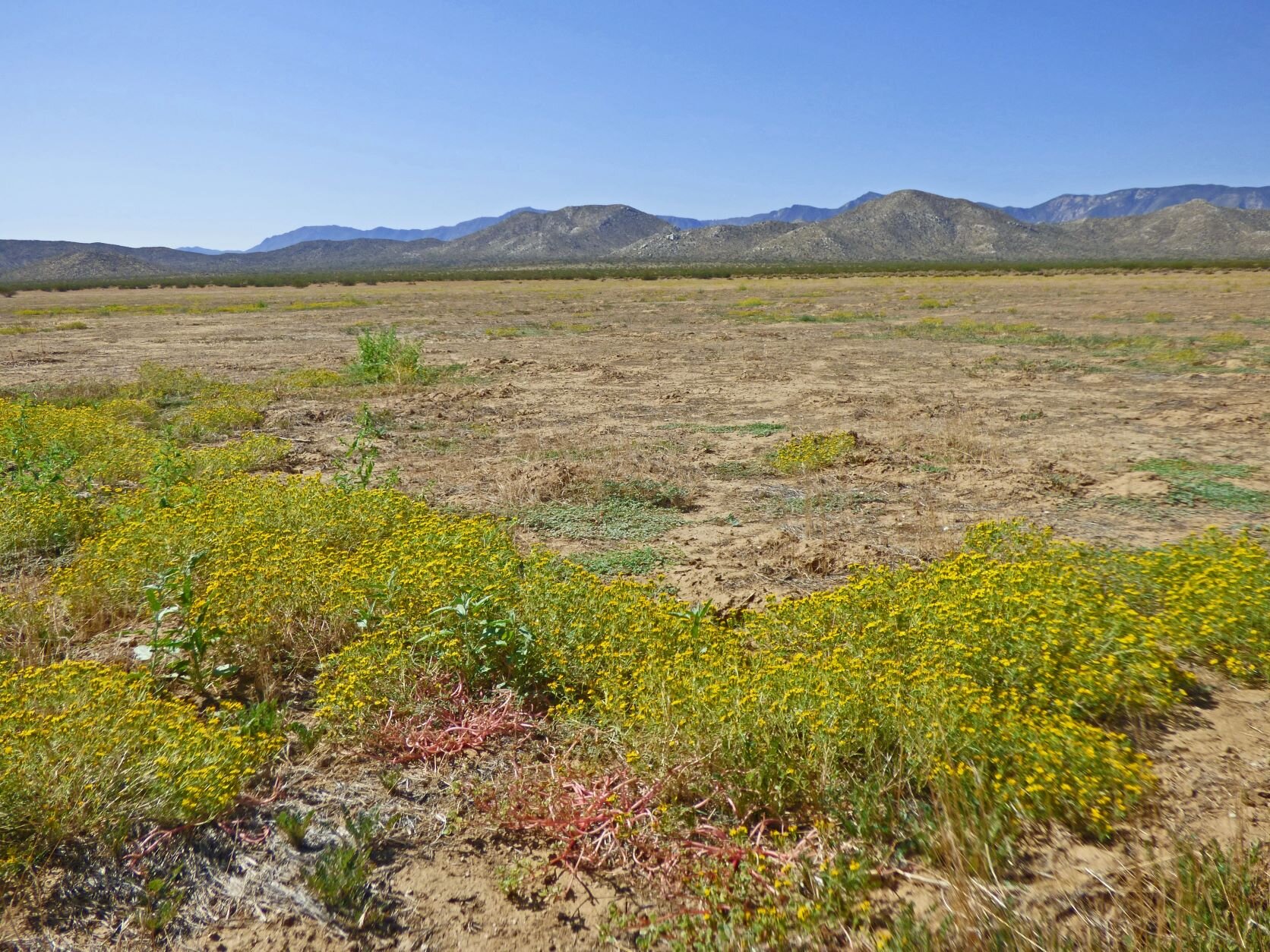A Conversation on the CNPS-San Diego Listserv
Compiled by Mike Gonzales, Founding Member, San Diego Pollinator Alliance and Former Chairperson, CNPS-San Diego Garden Committee
Can restoring our yards into native urban gardens, albeit very difficult to do given the nature of urban yards, help San Diego’s endemic plants survive and thrive?
Believe me, I understand the part about not being easy! I’ve been stumbling around my front and back yards for 20+ years sluggishly transforming iceplant-covered slopes into some semblance of a native urban garden, or at least semi-native at this point. I thought Wayne Tyson was joking when he posted on the CNPS-SD listserv that, “it's as easy as duplicating the conditions [or functionally mimicking them] under which indigenous ecosystems function.” Well, maybe it was just tongue-in-cheek as he followed up with, “That can be difficult, but it's not impossible, especially the mimicking part [due to] the site conditions that one has to begin with, but it can be done.”
This post epitomizes the macrocosm of my ongoing quest-to create something that hopefully might be considered a decent foundation for, as Wayne puts it, “preserving indigenous germplasm while not sacrificing beauty or utility, and further minimizing the use of imported water and nutrients from other places.” I know, this certainly sounds like a lofty goal, but I’ve been having fun at it – thanks to all the wonderful information streaming across the list-serve from very knowledgeable people whose advice I deeply respect.
Ok, so if you don’t mind too much I’d like to take a slight detour here, as I feel I should at least try to understand what Wayne means when he refers to the term ‘germplasm’. I’m guessing it may have something to do with what both Wayne and Greg Rubin refer to as “the mycorrhizal net (i.e., the natural soil-crust community of algae, mosses, and other cryptobiotic/cryptogamic soil-crust plant communities[1] which are fireproof, erosion-protectors, and infiltration-facilitators).Symbiotic benefits of a mycorrhizal net include disease resistance, pest resistance, and increased availability of moisture. Absence of a mycorrhizal net (and many other microbial constituents of the indigenous microbiome) is a contributor to weed growth, as most weeds are not obligately mycorrhizal; in fact, their presence may inhibit their formation.”






